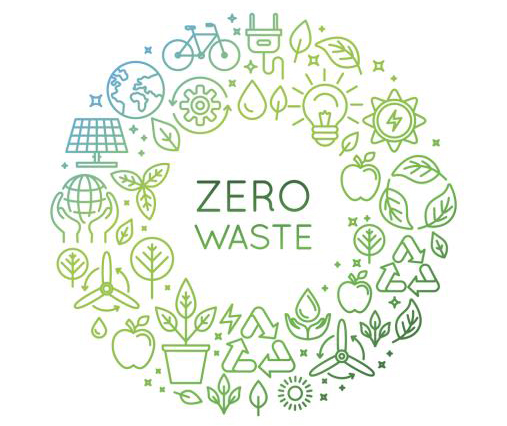A typical company’s supply chain can have a far greater social and environmental impact than its own operations. Some studies indicate that the supply chain can account for more than 80% of greenhouse-gas emissions and more than 90% of the impact on air, land, water, biodiversity, and geological resources.
There can be great opportunity to minimize waste generation, avoid landfill and even power the circular economy through re-use and responsible management of materials at outplant locations including warehouses (either owned or third party owned), tollers, or customer locations.
To seize this opportunity, it is crucial for a company to increase its visibility of its materials at outplant locations. There are a number of enterprise resource planning (ERP) systems deployed to track inventory in place, such as SAP. However, when materials become distressed, damaged, are off-grade, or close to or past their shelf life these systems sometimes “lose track.”
Establishing a distressed materials tracking system can significantly enhance the opportunity to proactively deploy waste minimizing and landfill avoidance strategies. If identified in time, off-grade or distressed materials may be reworked, directly re-used in an alternate application, or managed in an energy recovery application vs. traditional hazardous waste incineration or landfill disposal.
Key elements of an off-grade materials tracking system include:
- Real-time access to current off-grade materials inventory
- Reason for materials to be considered distressed (e.g. off-grade, expired, damaged, etc.)
- Material location
- Volume and containerization
- Safety Data Sheets (library)
Having real-time visibility creates the opportunity to seek alternate uses for the material that are not disruptive to the original market for the material while also avoiding the environmental impact of waste disposal.
WTS has played a key role in helping our customers to gain visibility of their distressed materials at outplant locations. By utilizing tools such as the WTS Materials Hub for these materials, we are able to logistically connect producers, distributors and end-users of various categories of reusable materials and help companies reduce the embedded emissions in their supply chain.

